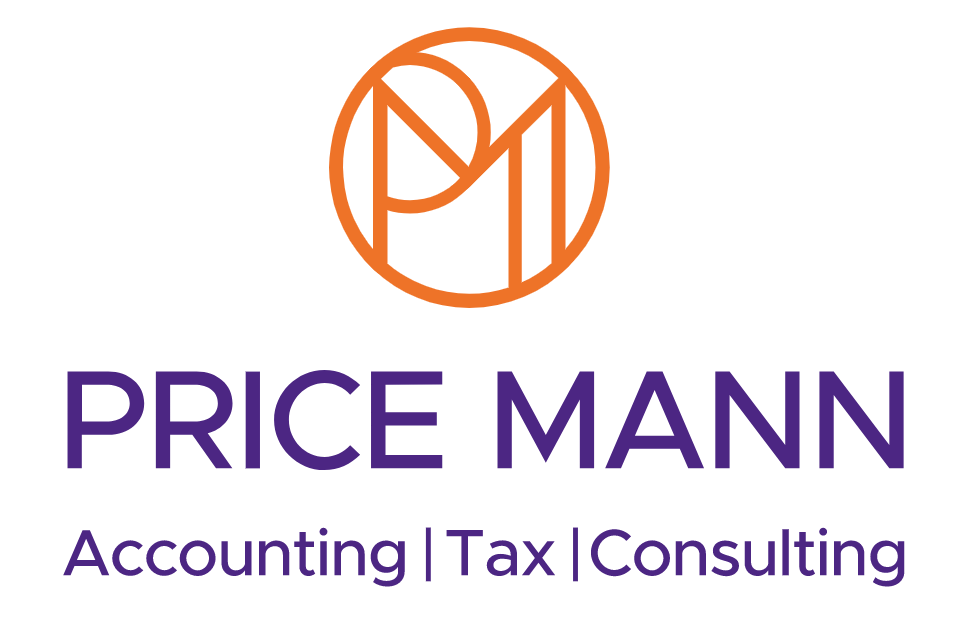Taking charge of planning your estate Increasing house prices raise inheritance tax risk.
Soaring house prices coupled with certain thresholds being frozen in the most recent Budget have the potential to drag more estates into the inheritance tax net over the coming years.
Back in March 2021, Chancellor Rishi Sunak confirmed the main inheritance tax thresholds will remain frozen at their 2021/22 levels “up to and including 2025/26”.
Inheritance tax is usually charged at 40% on the value of your estate (your property, money and possessions) over the £325,000 nil-rate band. There’s an additional allowance of up to £175,000 if you pass on your family home to children or grandchildren.
If you’re married, you can effectively combine your thresholds and transfer assets between each other tax-free. When one dies, the surviving spouse can inherit without any inheritance tax liability and you are able to utilise their unused thresholds on your death.
Freezing these thresholds until 5 April 2026, subject to any further political change, is expected to net the Treasury an extra £15 million from estates this year, rising to £70m in 2022/23, £165m in 2023/24, £290m in 2024/25, and £445m in 2025/26. If those projections are accurate, that’s an extra £985m in total over the course of the next four tax years after 2021/22.
At the heart of this stealth tax grab is poor or non-existent estate planning and increasing house prices. According to The Times, there were 563,240 homes in Britain worth more than £1m in June 2021, while the Land Registry said the UK’s average house price stood at £250,772 in April 2021.
Should house prices remain at these levels or increase further, most people should think about taking steps now to protect their estates and ensure as much of their wealth passes on to their beneficiaries as possible.
Making a will
Writing a will is the most basic, but also one of the most neglected forms of estate planning with research suggesting only 41% of UK adults currently have a will.
For some, there’s a misconception that there’s no point in making a will if you’re married as your surviving spouse will get everything anyway.
That’s not necessarily the case, particularly if you have children and hold joint assets with other individuals.
Without a legally-valid will, your estate could be distributed according to intestacy rules and a larger portion might go to the taxman.
Before you get started, you need to be of sound mind to fully understand your affairs and how your assets will be distributed.
Your will should set out who you wish to benefit from your estate after you die, along with naming an executor to ensure your wishes are carried out.
You should also include a back-up plan in case your beneficiaries die before you, and can name guardians for any children under 18.
For the will to be legally valid, two people who are not beneficiaries of the will and are over the age of 18 should witness you sign it before signing the document themselves.
Trusts
Outside of having a legally-valid will, one of the simplest ways to protect your estate can be to put assets into trust. This can mean they fall outside of your estate when you die.
However, there can be tax charges for gifts into trust both at the time of the gift and if the donor dies within a few years of making the gift. For example, if you gift £500,000 into a trust and die three years after making that gift, there could be an inheritance tax charge.
Trusts are fairly simple to set up and placing pensions and insurance policies into trust is a tax-efficient estate planning strategy, especially when they are not covered by a will.
It is possible to write your pension pot into trust and ensure that any unused money is passed on to your family. This is a relatively recent strategy following the introduction of pension freedoms back in April 2015.
In the same way, a life policy can be put into trust. This can be one of the most tax-efficient ways to financially provide for your family’s future after you die.
For example, life insurance is designed to pay out a cash lump sum to your loved ones on your death, helping them to pay off the mortgage or provide a regular income.
However, the cash lump sums paid are treated like most other assets and form part of your taxable estate for inheritance tax purposes when you die. Writing a life insurance policy into trust will result in the payout going directly to your beneficiaries, rather than forming part of your estate.
Setting up a trust involves appointing trustees, such as a family friend, to manage the policy on your beneficiaries’ behalf until such time as they become entitled to the funds themselves on your death.
Going down this route ensures the money paid out goes to the right people quickly and without the need for lengthy legal processes, such as applying for probate.
Gifting assets over time
Everyone can use their annual exemption to give away £3,000-worth of gifts in 2021/22 without them being added to the value of your estate.
If you haven’t fully used your annual exemption in 2020/21, you can combine it to double the current year’s allowance to £6,000.
Furthermore, if you’re a married couple and neither of you used this exemption in 2020/21, you can give £12,000 away in 2021/22.
The money immediately sits outside of your estate for inheritance tax purposes, so it can be an effective way to reduce your estate’s value over time.
You can also give up to £250 a year to whoever you like (one gift per person, per year), make a wedding gift to certain relatives, or leave 10% or more of your net estate to a charity, which might make you eligible for a reduced inheritance tax rate of 36%.
As long as you live for at least seven years after giving money away, there is no limit on how much you can give completely free from inheritance tax, providing you don’t retain any benefit from the cash gifted.
Should you die within those seven years of making a gift, it will be taxed on a sliding scale known as taper relief.
Using the pensions allowance
Pensions, including those in drawdown, usually fall outside of your estate for inheritance tax purposes and are not normally included in a will.
Instead, you should contact your pension provider to nominate who you would like to inherit these savings when you die. Because of that, utilising your pension allowance, potentially £40,000 a year, can be a tax-efficient way to reduce the value of your estate.
If you want to maximise your pensions savings and tax allowances, you can carry forward any unused pension allowance from the previous three tax years.
Assuming you made no pension contributions over the last three years, you could potentially make a pension contribution of up to £160,000 including tax relief in 2021/22.













